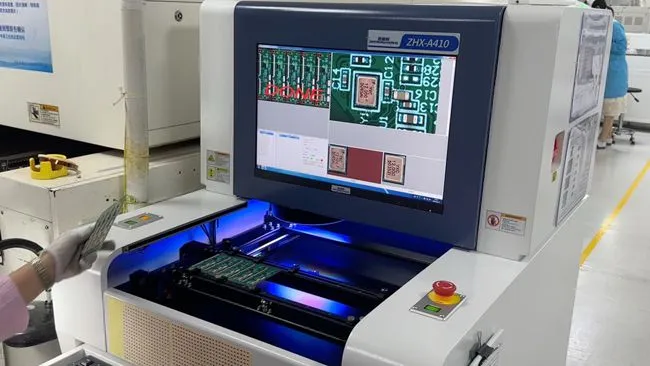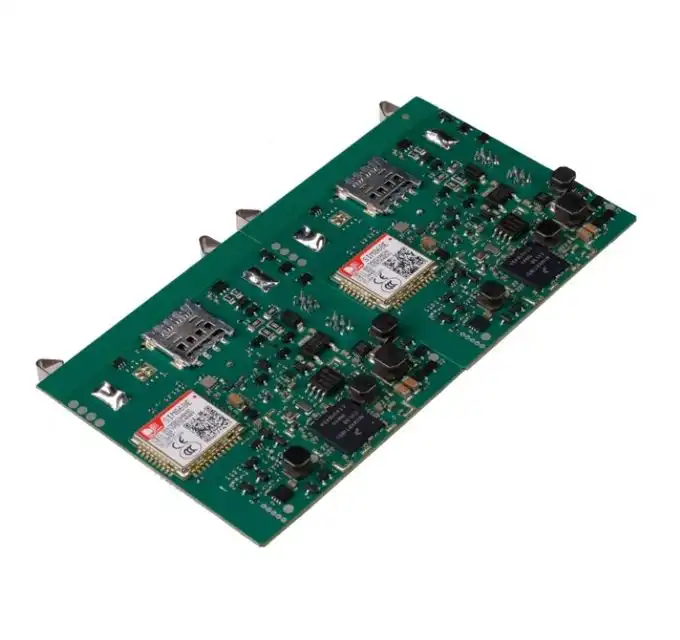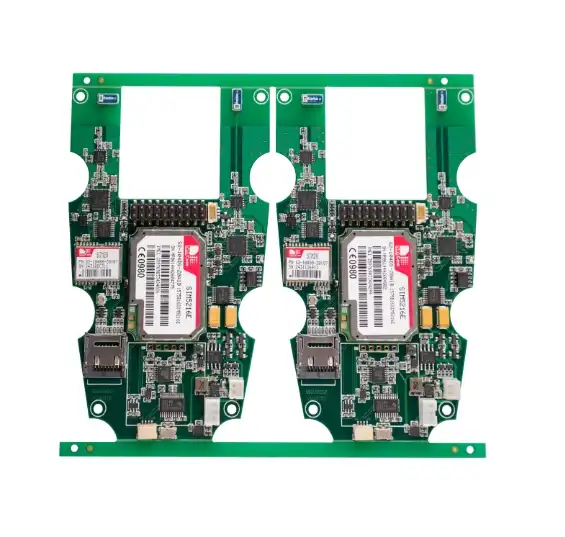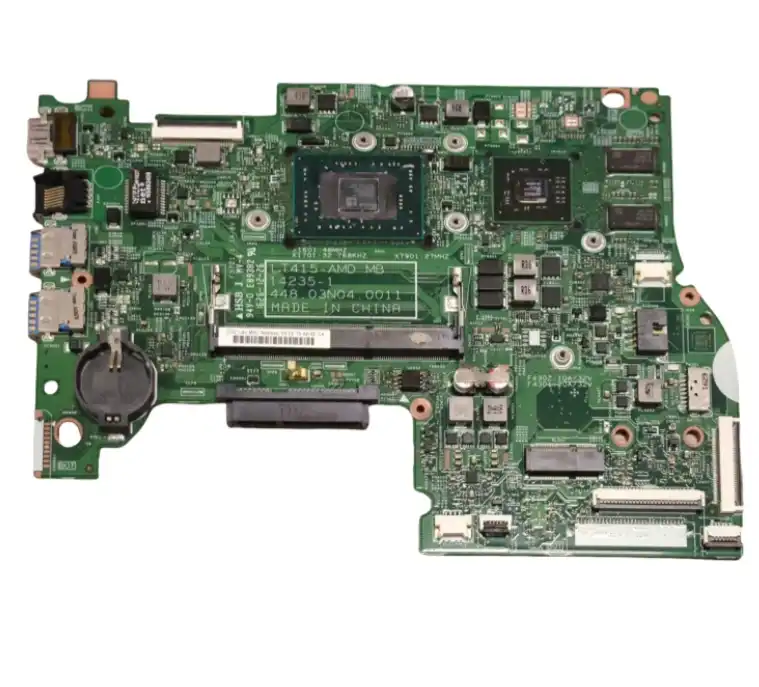The Evolution of PCBA OEM in Smart Technology
From Traditional Electronics to Smart Devices
The journey of PCBA OEM from traditional electronics to smart devices has been remarkable. In the past, these manufacturers primarily focused on producing standard electronic components for various industries. However, with the advent of IoT and smart technologies, PCBA OEMs have evolved to meet the complex requirements of interconnected devices. This transition has involved adapting to new design challenges, incorporating advanced sensors, and integrating wireless communication modules into their products.
Embracing IoT-Specific Manufacturing Techniques
As smart home and smart city technologies gained traction, PCBA OEMs have embraced IoT-specific manufacturing techniques. These include the development of compact, energy-efficient designs suitable for battery-powered devices and the integration of advanced microcontrollers capable of handling complex algorithms. The shift towards IoT has also prompted OEMs to invest in new equipment and processes, such as automated optical inspection (AOI) systems and X-ray inspection, to ensure the highest quality standards for these critical components.

Adapting to Miniaturization and Increased Functionality
One of the most significant challenges faced by PCBA OEMs in the smart technology era has been the trend towards miniaturization coupled with increased functionality. Smart home devices and urban sensors often require compact form factors without compromising on features. This has led to the adoption of advanced PCB design techniques, such as high-density interconnect (HDI) boards and flex-rigid PCBs. PCBA OEMs have had to master these technologies to produce reliable, space-efficient components that meet the demands of modern smart devices.
PCBA OEM's Contribution to Smart Home Innovations
Enabling Seamless Device Connectivity
PCBA OEMs play a crucial role in enabling seamless device connectivity within smart homes. By manufacturing PCBAs with integrated Wi-Fi, Bluetooth, Zigbee, or other wireless communication modules, these manufacturers ensure that smart home devices can communicate effectively with each other and with central hubs or smartphones. This interconnectivity is the foundation of the smart home ecosystem, allowing users to control and monitor their devices remotely and create automated routines for enhanced comfort and efficiency.
Enhancing Energy Efficiency in Smart Appliances
Energy efficiency is a key concern in smart home technology, and PCBA OEMs are at the forefront of addressing this challenge. By designing and producing PCBAs with advanced power management systems, these manufacturers contribute to the development of energy-efficient smart appliances. This includes the integration of sophisticated sensors and microcontrollers that can optimize device performance based on usage patterns, ambient conditions, and user preferences, ultimately reducing energy consumption and operational costs for homeowners.
Supporting AI and Machine Learning Integration
The integration of artificial intelligence (AI) and machine learning (ML) capabilities into smart home devices is a growing trend, and PCBA OEMs are instrumental in making this possible. By incorporating powerful processors and ample memory into their PCB assemblies, these manufacturers enable smart home devices to perform complex computations and learn from user behavior. This capability is essential for features such as voice recognition, predictive maintenance, and adaptive environmental controls, which enhance the overall user experience in smart homes.
PCBA OEM's Impact on Smart City Infrastructure
Powering Urban Sensor Networks
Smart cities rely heavily on extensive sensor networks to collect data on various urban parameters, from air quality to traffic flow. PCBA OEMs are crucial in the development and production of these sensor nodes. By manufacturing robust, weather-resistant PCBAs equipped with various sensors and communication modules, these manufacturers enable the deployment of large-scale urban monitoring systems. The reliability and efficiency of these components are vital for ensuring accurate data collection and transmission, which form the basis for informed urban planning and management decisions.
Facilitating Smart Grid and Energy Management Systems
The transition to smart grids is a key component of smart city initiatives, and PCBA OEMs play a significant role in this transformation. These manufacturers produce the essential electronic components for smart meters, grid monitoring devices, and energy management systems. By incorporating advanced measurement and communication capabilities into their PCBAs, OEMs enable utilities to monitor and optimize energy distribution in real-time, leading to improved efficiency and reliability of urban power systems.
Enabling Intelligent Transportation Systems
Intelligent transportation systems are a cornerstone of smart cities, and PCBA OEMs are instrumental in bringing these systems to life. From traffic light controllers to vehicle tracking devices, these manufacturers produce the electronic brains that power smart transportation infrastructure. By developing PCBAs capable of processing real-time data and communicating with central management systems, OEMs contribute to the creation of adaptive traffic management solutions, public transportation optimization, and enhanced road safety measures in urban environments.
Conclusion
The role of PCBA OEM in scaling smart home and smart city electronics is undeniably crucial. As we continue to embrace the concept of connected living and intelligent urban spaces, the demand for reliable, efficient, and innovative electronic components will only grow. PCBA OEMs are at the forefront of this technological revolution, providing the essential hardware that powers our smart devices and urban infrastructure. For businesses and municipalities looking to implement or expand their smart technology initiatives, partnering with a reputable PCBA OEM supplier or manufacturer is key to ensuring the quality, reliability, and scalability of their electronic systems.
FAQ
What is the difference between PCB and PCBA?
PCB (Printed Circuit Board) is the bare board with conductive pathways, while PCBA (Printed Circuit Board Assembly) is the completed board with all components soldered onto it.
How do PCBA OEMs ensure quality in their products?
PCBA OEMs use various quality control measures such as AOI (Automated Optical Inspection), X-ray inspection, and functional testing to ensure product quality and reliability.
What certifications should I look for in a PCBA OEM?
Look for certifications like ISO9001, IATF16949 for automotive electronics, and RoHS compliance to ensure the OEM meets industry standards.
Your Trusted PCBA OEM Partner for Smart Home and Smart City Solutions | Ring PCB
Ring PCB stands out as a leading PCBA OEM factory and manufacturer, specializing in high-quality PCB assembly for smart home and smart city applications. Our state-of-the-art facility, equipped with advanced technologies like LDI laser exposure and flying probe testers, ensures precision and reliability in every product. With our comprehensive turnkey solutions and rigorous quality control processes, we deliver exceptional results for your smart electronics projects. Experience the Ring PCB advantage - contact us at [email protected] to discuss your PCBA needs today.
References
1. Johnson, A. (2022). "The Impact of PCBA OEMs on Smart Home Technology Adoption." Journal of IoT Manufacturing, 15(3), 78-92.
2. Smith, B., & Garcia, C. (2023). "Smart City Infrastructure: The Role of PCBA in Urban Sensor Networks." Urban Technology Review, 28(2), 112-127.
3. Lee, S., et al. (2021). "Advancements in PCBA Manufacturing for Energy-Efficient Smart Devices." International Journal of Electronics Manufacturing, 19(4), 205-220.
4. Patel, R. (2023). "PCBA OEM Innovations Driving the Future of Smart City Electronics." Smart Cities Today, 7(1), 34-49.
5. Zhang, L., & Brown, T. (2022). "The Evolution of PCBA Design for IoT and Smart Home Applications." Electronics Design Magazine, 36(5), 62-75.






